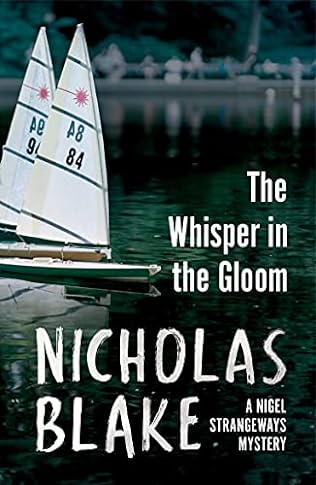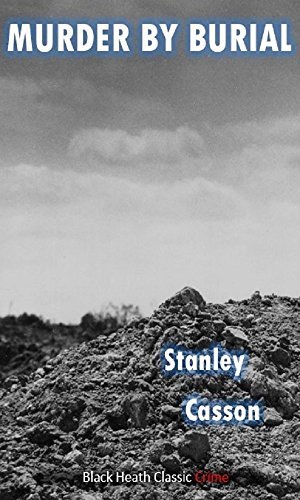A review of The Whisper in the Gloom by Nicholas Blake – 240420
The eleventh in Nicholas Blake’s Nigel Strangeways series, originally published in 1954 and going by the alternative title of Catch and Kill, is more of a thriller than a conventional murder mystery. And quite a thriller it is too.
One of the interesting features about looking at a book from another era through the lens of modern day life is how attitudes have changed. Children these days have a sheltered and, some would say, rather mollycoddled existence but in Blake’s novel, three young boys, Bert Hale, Foxy, and Copper, the former two the principal protagonists, lead a fairly feral existence and unwittingly get caught up in a plot to assassinate a Soviet minister who is visiting Britain to improve the prospects of world peace. They have quite and adventure, both Bert and Foxy being kidnapped and threatened within an inch of their life. This is no Famous Five walk in the park, there is real jeopardy and while Blake paints them convincingly and in a sympathetic light, he is not overly sentimental in his depiction.
Blake understands their psychology, the thrill of the chase, the desire to bring the adventure that they have got entangled in to a successful conclusion, their mistrust of officialdom and, indeed, adults as a whole, and the opportunity to escape the humdrum nature of their existence with a spot of derring-do. Foxy is inspired by a sermon about self-sacrifice in the Second World War and willingly sacrifices himself to save his friend, Bert, with almost disastrous consequences. Their reward is fitting, a ride in and, for Bert, a budding scientist, the chance to pilot, a helicopter.
There are moments of high drama, Strangeways himself getting coshed over the head, a shoot- out involving police and army personnel and a mob of gangsters at an isolated Suffolk country house, Stourboys Hall, and a desperate search for a would-be assassin at the Royal Albert Hall at concert in honour of the Soviet minister. It is a race against time to thwart an assassination plot sparked off when Dai Llewellyn, just before he is killed, hands Bert a scrap of paper which, bizarrely, seems to have the boy’s name and age on it. The import and content of the message is misinterpreted twice and the plot to destabilize world politics almost succeeds.
There is an image repeated through the book of anglers throwing bait into the water and then sitting back to watch happens. It is apposite as the initiative is entirely with the conspirators and they succeed in luring the authorities, including Nigel, into traps and blind alleys which almost destroy the credibility of the investigators. As well as our old friend, Superintendent Blount, the police efforts are led by Inspector Wright, who is a new character as is Nigel’s new clutch, Clare Massinger. Unaware of Nigel’s detective demi-career, the sculptress – shades of Roderick Alleyn’s Agatha Troy, perhaps – throws herself into helping, her own piece of self-sacrifice being to take the odious Gray out to allow Nigel to burgle his flat. Curiously, she drops out of view as the book hurtles to its conclusion.
There is no mystery over the whodunit, there are a couple of murders along the way, or, frankly, the motivation. The thrill of the book is in the chase and whether the plot will be thwarted in time. Perhaps because of the subject matter, there is a change of tone in the book. It is not one in which Blake, the pseudonym deployed by Cecil Day Lewis, overtly shows off his erudition. Its style suits the earthy, gritty subject matter – there is even a couple of effin’s, quite a contrast to Miss Silver’s occasional “Dear” – and it is pacy, gripping, sweeps the reader along to the extent that they find themselves emotionally invested in the outcome.
Thoroughly recommended.




